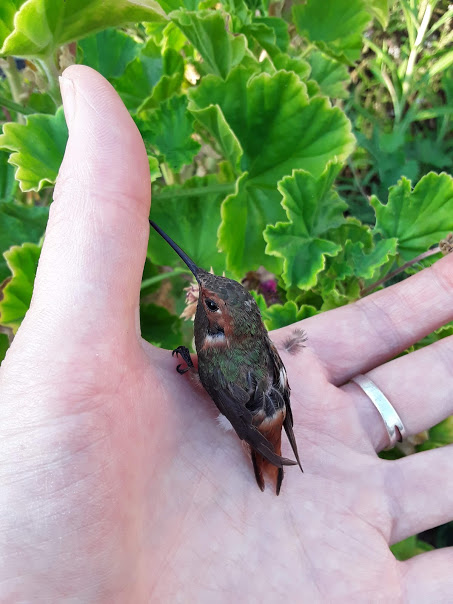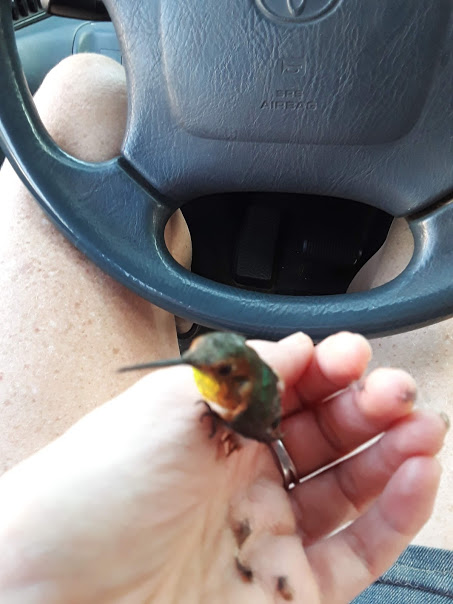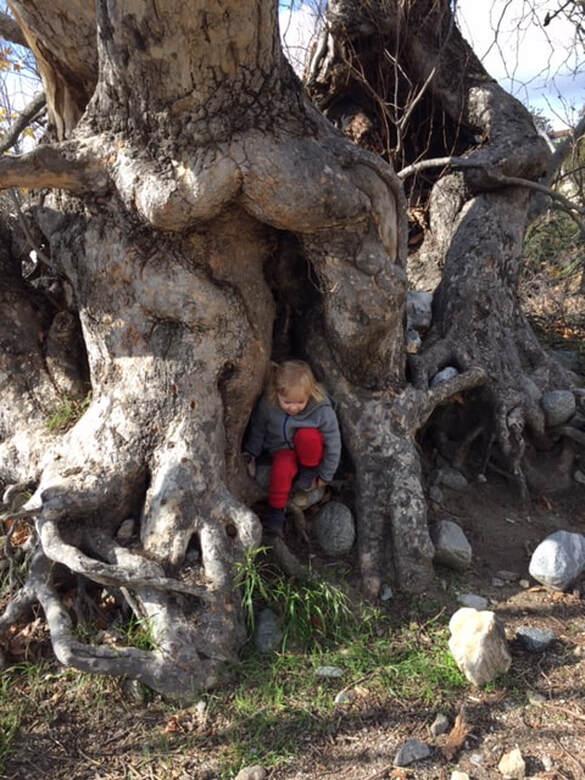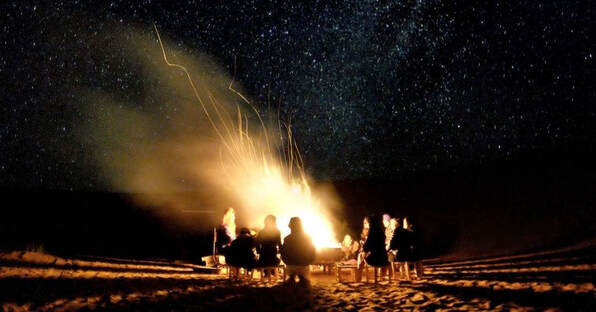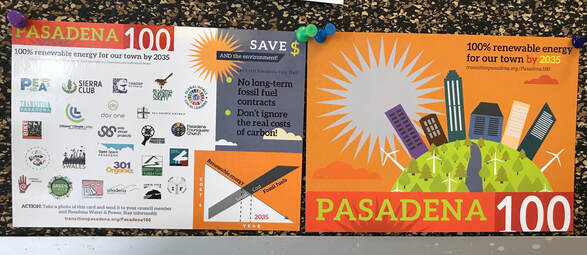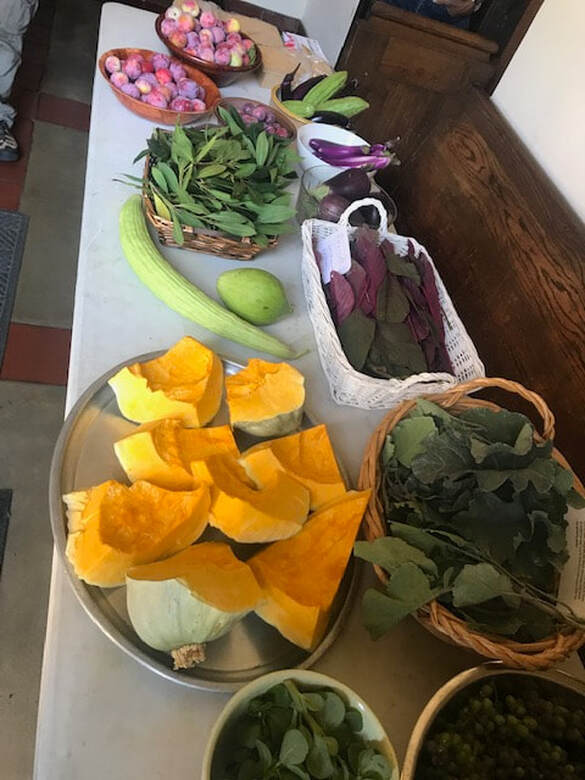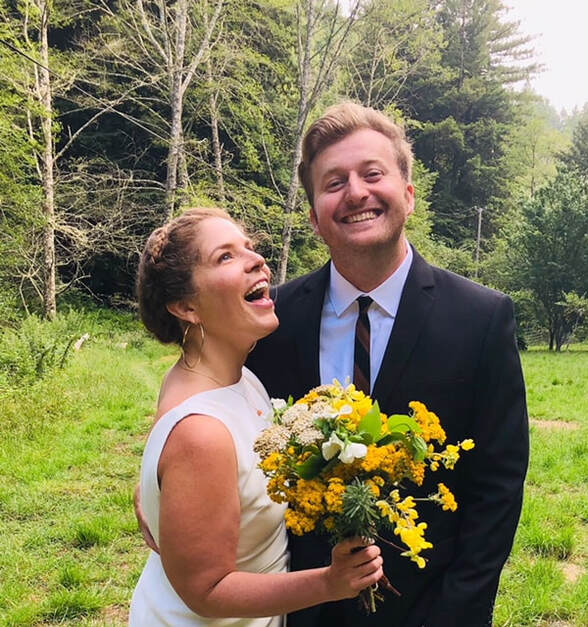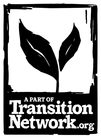A Cooperative Hummingbird Rescue
by Jadene Mayla
one of my cats just in time to see him playing with something he seemed very interested in.
Unfortunately, it was a hummingbird.
I have been an ecological designer since 2004, and a majority of the projects I have
worked on since then have included habitat landscaping for precious pollinators like this bird,
and other beneficial organisms such as butterflies, dragonflies, and frogs. Whenever a beautiful
creature visits me in my garden, I consider it a gift as nonhuman beings shy away from
humankind after hundreds of years of violent aggression including habitat destruction and
outright murder. When I look up the symbolic meaning of the organism who has graced me with its presence due to my offering of restored habitat, I write that down and allow the wisdom commonly associated with each species to guide my day.
Birds have long been seen around the world as messengers. The hummingbird to Native Americans brought a message of healing, love, good luck, and joy. On this occasion, my
interaction with this species took a much deeper turn than usual.
After realizing what my cat had done, I decided to err on the side of hope and took the
tiny bird gently in my hand. Its body was quivering, and it had tucked its feet up into little jagged balls that looked like old spiders’ skins suspended in abandoned webs. It was warm, and its heart was still beating. Casting sorrow aside for the moment, I walked to my car, as I had to be at the steering meeting soon.
Navigating the door latch and swinging myself and my bag into the front of the vehicle
proved interesting with only one hand. I tried to keep my attention more on the tiny life
struggling in my palm than the habitual logistics of beginning an automobile trip. Before taking
off, I grabbed my phone and found an article about how to rescue downed hummingbirds. I
figured maybe someone at the store would be able to tell me what to do or even rehabilitate the bird. But while I coasted down Los Robles Avenue, the little being started to revive itself. I
wasn’t sure what to do as little by little it came back to life.
At first flapping its wings in short bursts, it finally opened its eyes and blinked at me.
There I was driving toward Old Pasadena with a gorgeous wild bird in one hand. It felt surreal.
Once it had righted itself in my loose grasp, it tried to escape. With the median on my left and
cars passing me on the right (I’d unconsciously slowed down somewhat as I wracked my brain
for a quick solution to doing the right thing for the bird) the little one almost made it out my open driver’s side window. I breathed with relief when it instead fell down against the inside of my car door. I thought it was likely safer than plummeting into the middle of the busy street with questionable flight abilities.
At that point I switched lanes and pulled over. Gently reaching for it, I was met with a
moment of clear cooperation from the little thing. I’ve studied interspecies communication
throughout my professional life, and so I was open-minded as to what was obvious. I’m not new
to the idea that nonhuman beings use language, the mainstream claim that they do not having
always struck me as outright ridiculous since species survival requires communication. But
research and direct experience like my encounter with this little hummingbird has also confirmed to me that sentience is widespread, rather than supposedly limited to humans. Despite this, what happened next still delighted me in a way that is difficult to put into words. We as a species have grown so disconnected from our natural world that I think we forget the joy and wonder of contact with other forms of life.
Not wanting to open the door and risk dumping the wounded bird out into oncoming
traffic, I had to choose between being able to see the bird or feel for it. Glancing down the
narrow opening between my seat and the car door, I located the crouching bird and then turned my head to reach my arm into the space. Gently laying my fingers in the loose “cage” I’d held for it before, I hoped my hand was close enough to close around its little body. Immediately, the hummingbird climbed onto my fingers. We were working together!
Animal communicator Anna Breytenbach has confirmed that animals normally speak
with one another using the ancient method of telepathic communication humans once knew how to use. I have wondered since learning about this whether they can hear my thoughts or if I have to direct thoughts toward them in order to make myself heard. Either way, it seemed clear the bird was well aware of my intention to assist it.
The hummingbird safely back in my little finger cage, my route to the pet store took me
past Throop Church, where the meeting would be held soon. Seeing the Learning Garden
there, with all its flowering plants and thick compost, I decided to release the bird in the garden
rather than take it to a store. As I’d gotten into my car, somehow I managed to get out of it with
the bird. I noted the instant calm radiating from the plants in the garden as I took the path
toward the meeting room. I recalled other research I’d done which revealed to me the
vibrational component to effective plant stewardship and cultivation. The founders of Findhorn
in Scotland learned from the Devic world of plant intelligence that intentionally sending loving
energy towards plants and trees greatly assists in their healthy development. I felt the return of
this input in the harmonious, peaceful energy coming from the plants in the garden, and I silently asked the plants to send their energy to the hummingbird.
Having a few minutes before the meeting started, I at first let the bird fly out of my palm.
It made it only five feet or so, landing awkwardly at the base of a large yellow-flowered shrub.
Recognizing a tube-flowered plant closer to me, I retrieved the bird, speaking to it as I had been
the entire time. I apologized for picking it back up and explained that I had found a possible
source of nectar elsewhere in the garden. Setting my palm down just under a cluster of red
tube flowers, I was again delighted by the obvious cooperation between the two of us as the bird drank from its perch in my hand. Sticking its long beak upward into each flower in the cluster, it gained the strength to again fly away from me but didn't get more than a few feet before falling to the ground. Feeling uncertain if it was appropriate to continue with the rescue attempt or leave the creature to its fate in the garden, I moved closer to see if it was going to be okay or not; it sat there alternately looking at me and kind of zoning out. When I moved some of the red tube flowers down to him, he drank out of all three.
Feeding a wild bird gave me a feeling of elation. It went beyond the desire many of us
feel to be of help to others; there was the sense that we were a team, that I had gained the trust
of someone who needed help. It was at this point that my thoughts tipped toward continuing my effort to rescue rather than leave the bird. When I reached for it, however, the tiny hummingbird surprised me again. Making a distinctly annoyed sound, it flew about six inches away from my outstretched hand.
It was then I knew we were in complete understanding of each other, and most
importantly, that the hummingbird was okay enough to take care of itself from that point on. I
had done everything I could to save the precious life who had visited my garden but fallen victim to my pets. Now I could rest easier in the understanding that the bird had told me it had
reached a point of being better off not in my hands but in the garden on its own.
I did try calling two different Wildlife Rehabilitation places. But one was a wrong number
and the other one was closed so I left a message (I still have never heard back). So I left the
little thing take its leave from me in the garden and walked, delightfully shaken, into the
Transition steering meeting.
To learn more about my research and work to restore habitats for precious species like
hummingbirds, visit me at www.ecologiclandscape.com

